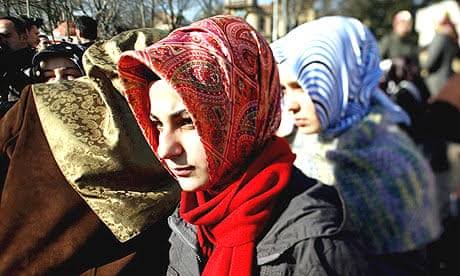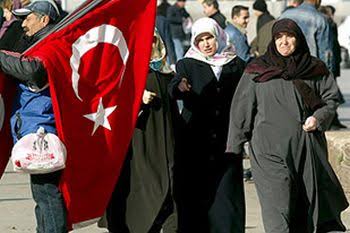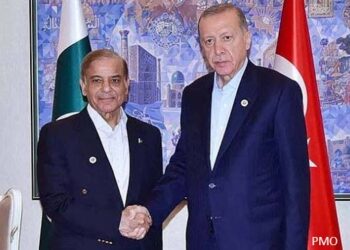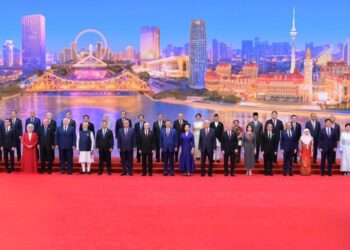
In Islam, the hijab is more than attire—it represents a philosophy of modesty, dignity, and respect. Across cultures, it has sparked debates as both a religious practice and a societal symbol. While some societies celebrate it as a personal choice, others have restricted it, fueling discussions on religious freedom. Among Muslim nations, Pakistan and Turkey offer two unique journeys, reflecting both continuity and transformation.
Hijab in Pakistan: A Tradition of Faith and Culture
Pakistan’s foundation is closely tied to Islamic values, creating an environment where the hijab has long been embraced as a religious and cultural tradition. For Pakistani women, it symbolizes modesty, respect, and honor.
In 2004, the Women’s Wing of Jamaat-e-Islami declared September 5 as Hijab Day, linked to the memory of Marwa El-Sherbini, an Egyptian woman murdered in Germany in 2009 for wearing the hijab. While World Hijab Day is marked globally on February 1, Pakistan’s observance emphasizes the hijab as a shield of dignity and Islamic identity.
Seminars, rallies, and awareness campaigns across Pakistan reaffirm its importance. From students to professionals, many women proudly wear the hijab, whether as a simple head covering or full veil. Although urban elites influenced by Western culture may view it as traditional, the majority uphold it as a protector of women’s dignity.

Hijab in Turkey: A Journey of Transformation
Turkey’s hijab story is shaped by secular reforms introduced after the founding of the Republic. For decades, restrictions barred women from wearing the hijab in universities, public institutions, and even parliament. In 1999, a hijab-wearing parliamentarian was prevented from taking her oath, symbolizing the struggles women faced.
Change began in the 2000s as leadership gradually lifted these bans. By 2012–2013, regulations allowed hijab-wearing women access to universities, public offices, and state institutions. Today, the hijab—most commonly a headscarf—can be worn freely in professional and educational settings, becoming a symbol of freedom and resilience.

Comparing Pakistan and Turkey
Both Pakistan and Türkiye are Muslim-majority nations where the hijab is widely practiced, but their historical paths differ. In Pakistan, the hijab has always been integrated into cultural and religious life without state-level bans. By contrast, Türkiye’s hijab journey reflects a struggle for rights, with the lifting of restrictions seen as a victory for women’s freedom of expression.
Statistics highlight the contrast: in Pakistan, the majority of women, rural and urban alike, wear the hijab as part of daily life. In Turkey, hijab use among students and professionals has risen in recent years, with many framing it as a personal choice rather than an obligation.

Hijab: A Shared Symbol of Dignity
Despite different journeys, both Pakistan and Turkey converge on one point: the hijab is more than clothing. It embodies a woman’s dignity, spiritual connection, and personal freedom. In Pakistan, it is celebrated annually as part of national religious culture. In Türkiye, it stands as a hard-won right to express one’s identity freely.
Ultimately, the hijab transcends borders, politics, and cultural narratives—remaining a powerful symbol of identity, honor, and empowerment for Muslim women.























